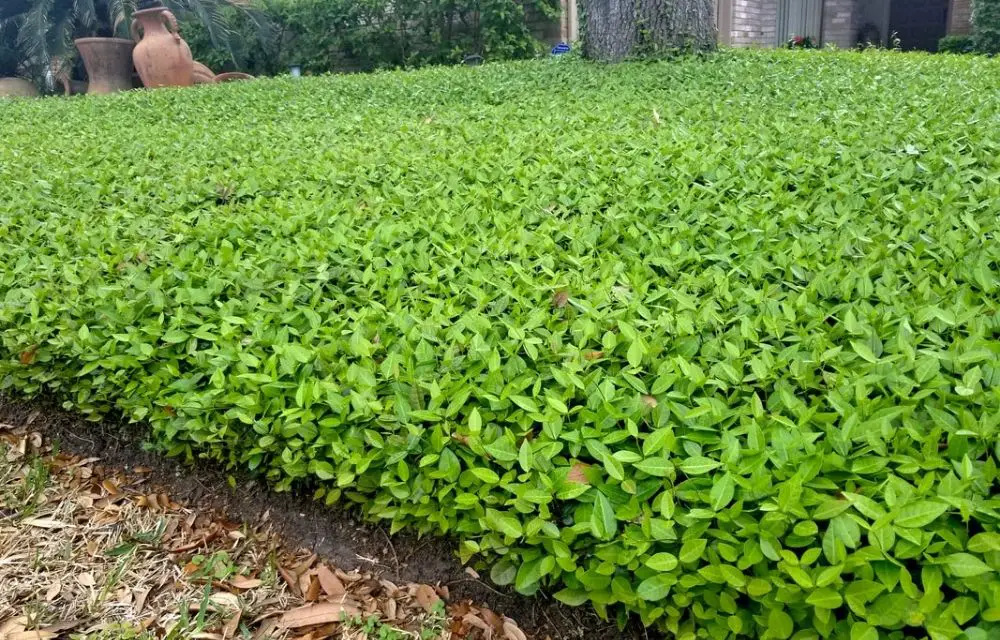Discover the secret to lush Asian Jasmine with our expert guide to the best soil potting mixes.
Asian jasmine (Trachelospermum asiaticum) is a popular ornamental plant known for its glossy foliage and fragrant white blooms While Asian jasmine is adaptable to different soil types, choosing the optimal growing medium is key to keeping your plants healthy and happy. The right potting mix provides proper drainage and aeration while retaining just the right amount of moisture and nutrients
Soil Requirements for Asian Jasmine Plants
Asian jasmine thrives in soil that drains well yet holds some moisture. Dense clay soils that get waterlogged can lead to root rot, while very sandy soils dry out too quickly. The ideal potting mix for Asian jasmine plants should have these characteristics:
-
Well-draining – Soil needs to drain adequately to prevent soggy conditions. Adding perlite, vermiculite, or small gravel increases drainage.
-
Moisture-retentive – Soil should hold some moisture so roots don’t dry out between waterings, Incorporate peat moss or coco coir to improve moisture retention
-
Nutrient-rich – Asian jasmine benefits from soil amended with compost or organic matter to provide nutrients over time.
-
pH range of 5.5-7.0 – Asian jasmine thrives in slightly acidic to neutral soil pH. Test pH annually and amend if needed.
-
Aerated – Good drainage and porous amendments prevent dense, compacted soil. Roots need air flow.
Meeting these requirements will provide the ideal growing conditions for your Asian jasmine to flourish.
Best Potting Mixes for Asian Jasmine Plants
You can buy pre-made potting soil blends or mix your own custom soil for your Asian jasmine containers or garden beds. Here are some excellent potting mix options:
Quality Potting Mix + Perlite/Vermiculite
An easy option is to use a good all-purpose potting mix amended with perlite or vermiculite to improve drainage. Mix in up to 20% perlite or vermiculite by volume.
Potting Mix + Compost/Peat Moss + Perlite/Vermiculite
For a nutrient boost, add 1 part compost or peat moss to 2 parts potting soil along with 10-20% perlite or vermiculite for aeration and drainage.
Custom Blend
For ultimate control, mix your own custom soil with equal parts potting mix, compost, peat moss or coco coir, and perlite or vermiculite. Adjust ratios as needed to achieve the ideal moisture retention and drainage properties.
Cactus/Succulent Mix
Because it drains so quickly, cactus and succulent potting soil amended with some peat moss or compost makes an excellent soil for Asian jasmine.
Orchid Potting Mix
Orchid potting mixes blend bark and moss to create an exceptionally airy, fast-draining soil that Asian jasmine appreciates. Supplement with compost or slow-release fertilizer.
If planting in the ground, amend native soil with 2-3 inches of compost or other organic matter to improve drainage and nutrients. In clay soils, also mix in expanded shale, small gravel, or sand.
Soil Preparation Tips
Follow these tips when preparing soil for your Asian jasmine:
-
Incorporate organic amendments like compost, peat, or coir a few weeks before planting to allow them to fully decompose.
-
Sterilize potting mixes and garden soil to kill pathogens and weed seeds. Bake soil at 180°F for 30 minutes.
-
Improve drainage by mixing in sharp sand, perlite, vermiculite, or small gravel like aquarium gravel.
-
Test pH and adjust to between 5.5-7.0 if needed. Lower pH with elemental sulfur or pine needles. Raise pH with limestone or wood ash.
-
Mix fertilizers into soil if desired. Use slow-release organic fertilizers or low dose chemical blends designed for acid-loving plants.
With a well-draining, nutrient-rich soil, your Asian jasmine will grow strong and healthy. Pay close attention to soil needs, and your plants will reward you with lush evergreen foliage and wonderfully fragrant white blooms.

Consequences of Ignoring the Red Flags
Ignoring these signs is like skipping your cars oil change; it wont end well. Poor soil conditions can lead to a domino effect of health issues for your Asian Jasmine, from yellowing leaves to a complete system shutdown.
Root rot is the silent assassin of the plant world. If your soil is waterlogged, your plants roots are drowning, not dancing.
Fixing the Foundation: Reviving Unhealthy Soil
Mold in your Asian Jasmines soil is like a bad roommate; its unwelcome and causes problems. Eradicate this fungal freeloader by removing visible mold and letting the soil dry. If its stubborn, a systemic fungicide is your next move—just follow the label like its a treasure map.
Star Jasmine Care & Growing Tips
FAQ
What kind of soil does Asian jasmine like?
What kind of soil is best for jasmine?
How do you prepare soil for jasmine?
Does jasmine do better in pots or ground?

